Granite peaks spiked on the horizon. Clouds whipped overhead. It was February in the Patagonia region of southern Chile, and I was on a mountain bike riding through the grandeur of Torres del Paine National Park. The road curved and dropped ahead, my riding partners braking as wheels sliced the gravel. “Look at that view!” someone shouted, the Patagonian wind picking up, cancelling in a fierce roar any opportunity to respond.
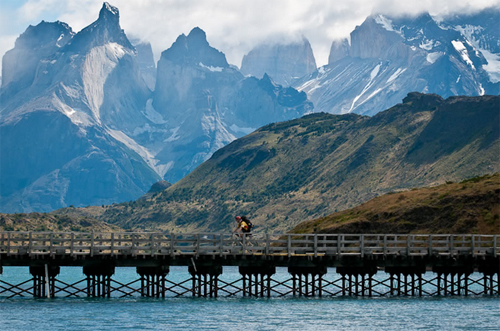
I was speechless anyway. It was day one of an endurance event, the Wenger Patagonian Expedition Race, that I’d signed up to compete in for the second year in a row. With a team of four people, our journey ahead would include biking, kayaking, and mountain treks — one after the next — for a week straight.
Beyond serving as the craziest adventure of my entire life, the Wenger Patagonian Race allowed me over the past two years to see an enormous swath of Chile’s famous wilderness. Indeed, I have spent almost two months of my life in the region, most of it outdoors and immersed in lands so wild that few humans will ever see.
From my experience in the race, I offer this guide to Chilean Patagonia, an end of the Earth kind of a place with the scenery and the climate to match. Pack your best rain jacket — it’s often wet and windy at the bottom of the world. And load up on your sense of adventure. Patagonia is one of the planet’s last great wild places. —Stephen Regenold
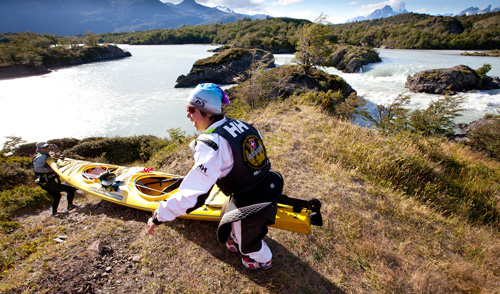
Click for FULL–SCREEN SLIDESHOW of Wenger Patagonian Race
Punta Arenas — A trip into the outback of Patagonia often begins in this city, the capital of Chile’s Magallanes and Antartica Chilena region. It is a hub for adventure travel in southern Patagonia, including an airport, guides and outfitters, hostels, grocery stores, and gear shops. We flew to Punta Arenas from Santiago — via Lima, via New York, via Minneapolis/St. Paul International, a 20+ hour trip in total — and took a taxi to the city’s central square. Punta’s streets slope to the Strait of Magellan, a blue-gray plane of cold water. It is a welcoming if somewhat sleepy city and a perfect base for your trip into the wilds.
Strait of Magellan — Picture Lake Superior or a vast Canadian Bay. But with salt water and strong currents. Oh, and penguins, too. The Strait of Magellan is a great, dark waterway that cuts an immense V-shape through the tip of South America, providing passage for ships and numerous opportunities for the adventurous traveler. In and around Punta Arenas, you can rent kayaks and take boat tours, a popular one motoring northeast to Magdalena Island where tiny Magellanic penguins live and breed.
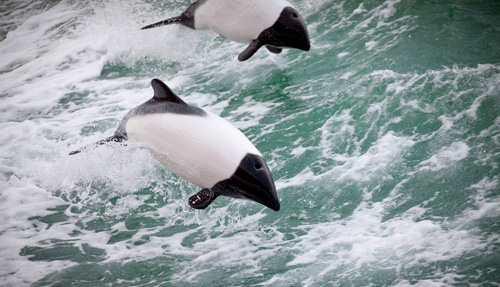
Click for FULL–SCREEN SLIDESHOW of Wenger Patagonian Race
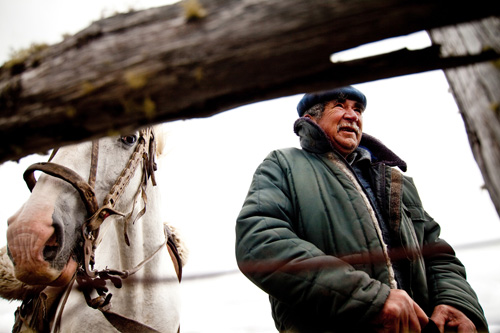
Click for FULL–SCREEN SLIDESHOW of Wenger Patagonian Race
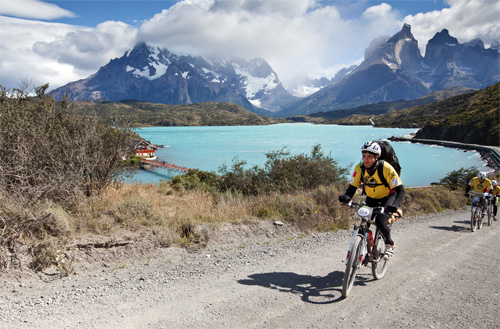
Click for FULL–SCREEN SLIDESHOW of Wenger Patagonian Race
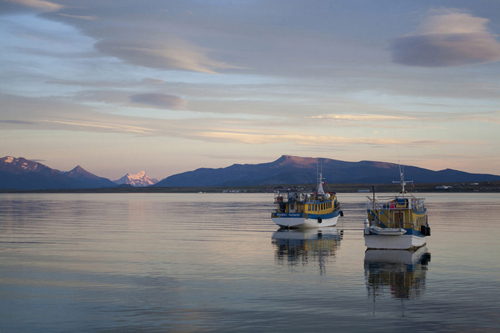
Click for FULL–SCREEN SLIDESHOW of Wenger Patagonian Race








